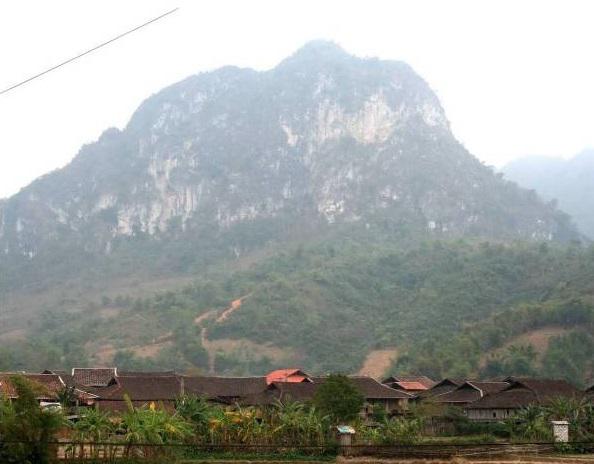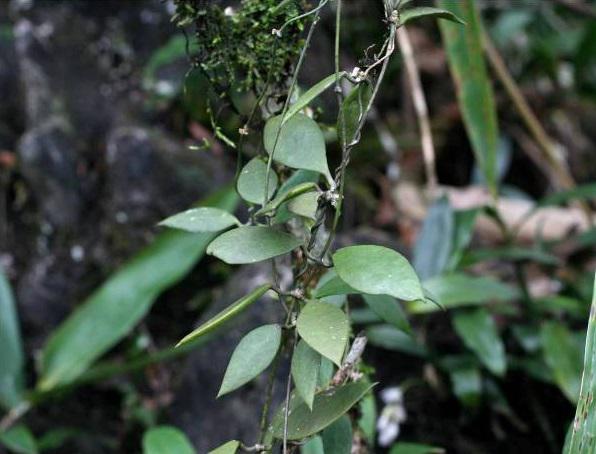The Pham Van
The long-term aim, is to build and develop a conservation strategy for the many rare and endangered species in Huu Lien Nature Reserve and hence rescue them from extinction. There is an urgent need to perfect an applicable model of community-based conservation for endangered plants in Vietnam.

Local houses built only using Burretiodendron hsienmu.
Huu Lien Nature Reserve (Lang Son province, Vietnam) was established in 1992 with 10.604 hectares in area. Its co-ordinates lie at 21037' – 21045'N, 106019' – 106026'E, 90km North of Hanoi. The Reserve has about 9734 hectares of limestone (91% area) and has many rare and valuable animal species such as Moschus berezovskii, Semnopithecus francoisi francoisi, Hylobates concolor, etc. In addition, many rare plant species have been added to the “Red data book, 2007” of Vietnam and “Red list of Threatened Species, 2007” of IUCN such as Cupressus torulosa (C. tonkinensis) (LR/nt), Burretiodedron tonkinense (EN A1d), Trigonostemon fragilis (VU D2), Bursera tonkinensis (VU B1+2c), Churkasia tabularis (LR/lc), Madhuca pasquieri (VU A1cd), Camellia fleuryi (VU D2). These species are not only a valuable and rare genetic resource, but are also are commercially valuable.

Gynura crepidioides.
There are 2,658 local people living here, consisting of Kinh, Tay and Nung ethnic groups and their livelihood depends on the forest. Community-based conservation is believed to be the best conservation method for these species and their propagation is also important economically. Such conservation methods will undoubtedly improve the livelihood of local communities in Vietnam.
This project will play an important role in providing information for propagation and conservation of these species. The first activity is to build an inventory of all existing populations and suggest which species are best for the purpose of artificial propagation and conservation. Plants will be propagated by growing cuttings in a small nursery in the local area. Annually, this nursery will provide hundreds of cuttings of selected species. Most of these cuttings will be given to local people to grow in their gardens, whilst other cuttings will be grown in the wild and transferred to the forestry office. With these conservation activities we will contribute a small part to conserving the flora of the Huu Lien Nature Reserve.